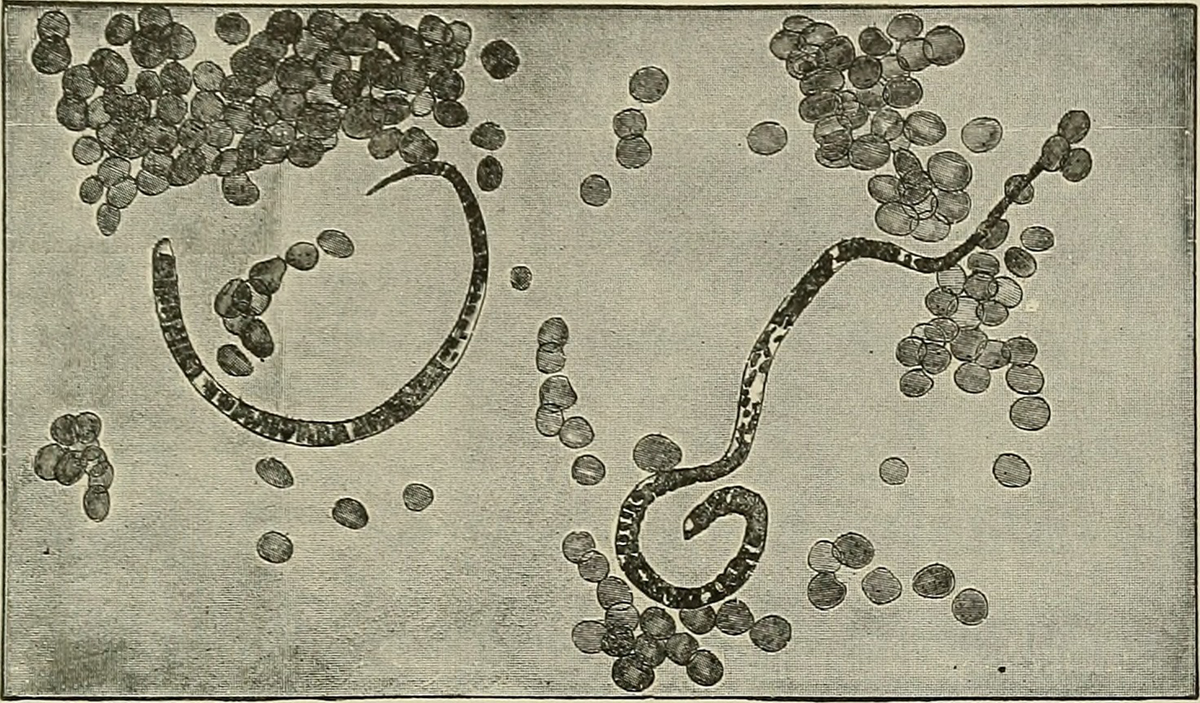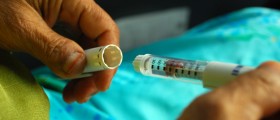
Acute intermittent porphyria belongs to a group of illnesses that feature with defects in heme metabolism and cause excessive secretion of porphyrins and porphyrin precursors. The condition typically features with abdominal pain and constipation. However, unlike other types of porphyria in acute intermittent porphyria patients do not develop skin rash.
Pathophysiology of Acute Intermittent Porphyria
Acute intermittent porphyria is an autosomal dominant disease and develops due to defects in the enzyme porphobilinogen-deaminase. Since the enzyme does not function properly the level of porhyrin precursors porphobilinogen and amino- levulinic acid accumulate. The major problem associated with the illness is neurological damage that develops in a form of peripheral and autonomic neuropathies and psychiatric manifestations.
Clinical Characteristics of Acute Intermittent Porhyria
Patients most commonly complain about abdominal pain and psychiatric symptoms such as hysteria and they also develop peripheral neuropathies (predominantly motor neuropathies).
Between two attacks patients do not suffer from any symptom at all. There are no skin manifestations of the disease. Neurovisceral symptoms include autonomic neuropathies such as constipation, colicky abdominal pain, vomiting, hypertension etc. , peripheral neuropathy, seizures, delirium, depression and coma. The abdominal pain lasts for several days. Apart from abdominal pain patients suffering from acute intermittent porphyria may additionally complain about diffuse pain particularly in the upper body.
Physical Manifestations of Acute Intermittent Porphyria
The doctor observes patient's vital signs. 30-80% of all patients develop tachycardia. Some of them develop fever. Elevated blood pressure is reported in half of all patients suffering from the disease and it may linger and even stay between the attacks.
As for neurological manifestations the condition generally develops in a form of a motor neuropathy and it affects lower limbs more than the rest of the body. Neurological examination may also show areflexia. The condition may affect each and every nerve including cranial nerves. And finally, in some cases the doctor discovers cortical blindness.
Treatment for Acute Intermittent Porphyria
The goal of the treatment is to decrease heme synthesis and reduce the production of all porphyrin precursors. Heme synthesis can be successfully reduced with high doses of glucose (400g/d). This treatment is administered in mild cases of the disease. Patients who deal with severe attacks (particularly those with serious neurological symptoms) are supposed to be treated with hematin. It is highly effective in acute intermittent porphyria. Pain associated with the condition is treated with narcotics and laxatives and stool softeners are supposed to be administered with narcotics in order to regulate normal bowel movement. Seizures are brought under control with Neurotonin. Such patients may additionally benefit from a high-carbohydrate diet during the attack. And in case a patient cannot eat he/she is administered with glucose intravenously. Between the attacks the diet must be rich in glucose.

















Your thoughts on this
Loading...